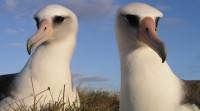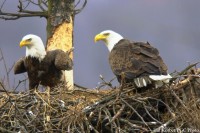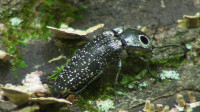Cornell University Hawk Camera
Everybody is excited for the 2020 breeding season of the famous Cornell University campus hawks Big Red and her new mate Arthur. Unfortunately Big Red’s partner Ezra reportedly has died. Last year Big Red laid her first egg at about 11:38 ET on March 28th. The breeding season 2015 started with a surprise. Big Red and Ezra moved to their nest to the light pole they used in 2012. There were no longer cameras installed at this nest so some […]






Recent Comments